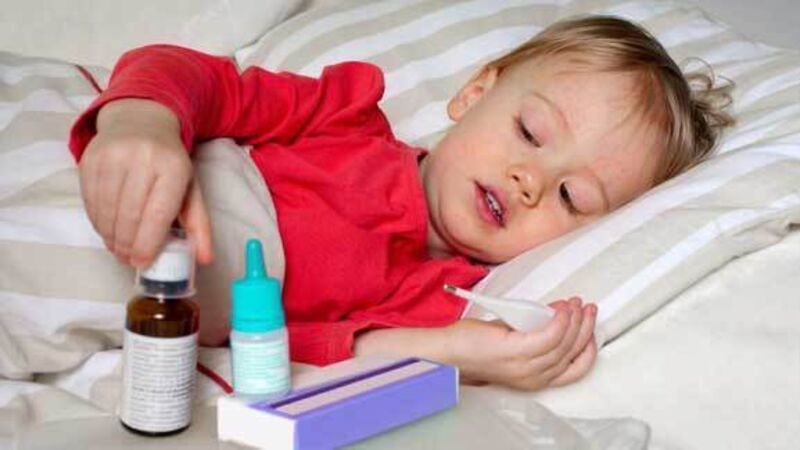Warning signs that signal scarlet fever and what you need to know

However the illness, which is caused by a bacterial infection, continues to be a threat.
So what do you need to know?
WHAT IS SCARLET FEVER?
Anyone can get scarlet fever, but young children are most affected.
“Scarlet fever is a bacterial illness that is most common among children under the age of 10,” says Dr Adam Simon.
“Key symptoms include a sore throat, skin infection and the bright pink rash that gives the condition its name.”
This usually starts as red blotches before turning into a fine pinky-red rash that feels like sandpaper.
There might be a high temperature, headache and swollen tongue too, usually in the day or two before the rash develops, and nausea and vomiting.
HOW DO YOU CATCH IT?
“It’s highly contagious,” he says, “and can be passed on by coughing, sneezes, skin-to-skin contact and handling contaminated objects, like bath towels or bedding.”
Most cases occur during winter and spring. Good hygiene — paying attention to hand-washing, and avoiding sharing potentially contaminated items — can help reduce spreading.
WHAT SHOULD YOU DO IF YOU THINK YOUR CHILD HAS IT?
In the past, an outbreak of scarlet fever was a very serious concern and families affected were often quarantined. It’s still important it’s properly diagnosed and treated, and steps are taken to avoid passing it on.
“In the majority of cases, scarlet fever will clear up of its own accord, but it’s always recommended to see a GP if you think you or your child may have it,” says Dr Simon.
HOW IS IT TREATED?
“The usual course of treatment is antibiotics which will help you to recover more quickly and lower the amount of time you’re contagious for and reduce the risk of complications occurring,” he says.
It’s usually a 10-day course, and children should start feeling better after 24 hours, with symptoms clearing up completely after a few days (but it’s still vital to complete the full course of treatment).
Doctors generally advise that anybody infected stays home from nursery, school or work for at least 24 hours after starting on antibiotics.
CAN IT BE SERIOUS?
In the past, scarlet fever was a leading cause of infant death.
Better hygiene and treatments mean it generally isn’t the terrifying illness it used to be and, in the vast majority of cases, will clear up quite quickly and cause little more than a few days of feeling poorly.
But, as with many conditions, complications can still potentially occur.
“Complications are rare and especially easy to avoid if symptoms are spotted and treatment begun early. However, in some scarce cases, potential complications can occur, ranging from relatively simple issues like an ear infection, to blood poisoning and liver damage in more serious cases,” says Dr Simon.
As ever, if concerned about your child’s health, or if symptoms suddenly worsen or change, get them checked by a doctor.










